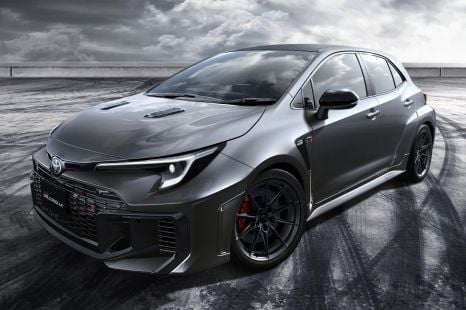

Derek Fung
2026 Toyota GR Corolla update revealed, extra torque coming for existing cars
2 Days Ago

News Editor
The 2021 Hyundai Tucson is the latest Hyundai to gain a sporty N Line model, though there’s still no official word on a Tucson N.
The new trim level has been revealed on the European-market Tucson, which features a shorter body to the one we’ll get in Australia.
Our Tucson N Line will arrive here in the second quarter of this year along with the rest of the Tucson range.
The N Line doesn’t have any extra power over a regular Tucson but has unique interior and exterior styling touches.
CarExpert understands it’ll be available in Australia only with the turbocharged 1.6-litre four-cylinder engine, producing 130kW of power and 265Nm of torque and mated to a seven-speed dual-clutch automatic transmission.
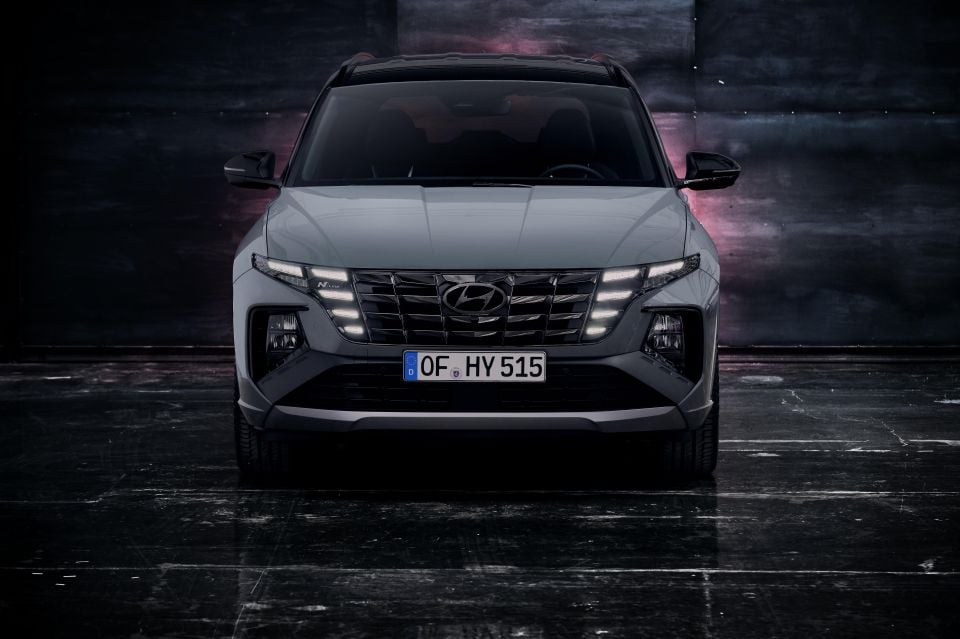

In contrast, the European-market N Line will be available with the entire range of Tucson engines on offer there bar the base diesel.
The N Line has a taller, wider grille than the regular Tucson. It continues to use what Hyundai refers to as parametric jewel patterns, though the grille elements have been restyled to create additional reflections.
The front bumper has a taller, larger front air intake and the headlight bezels are finished in black, while along the sides of the car the daylight opening is finished in gloss black, the side mouldings are body-colour, and the mirrors are finished in Phantom Black.
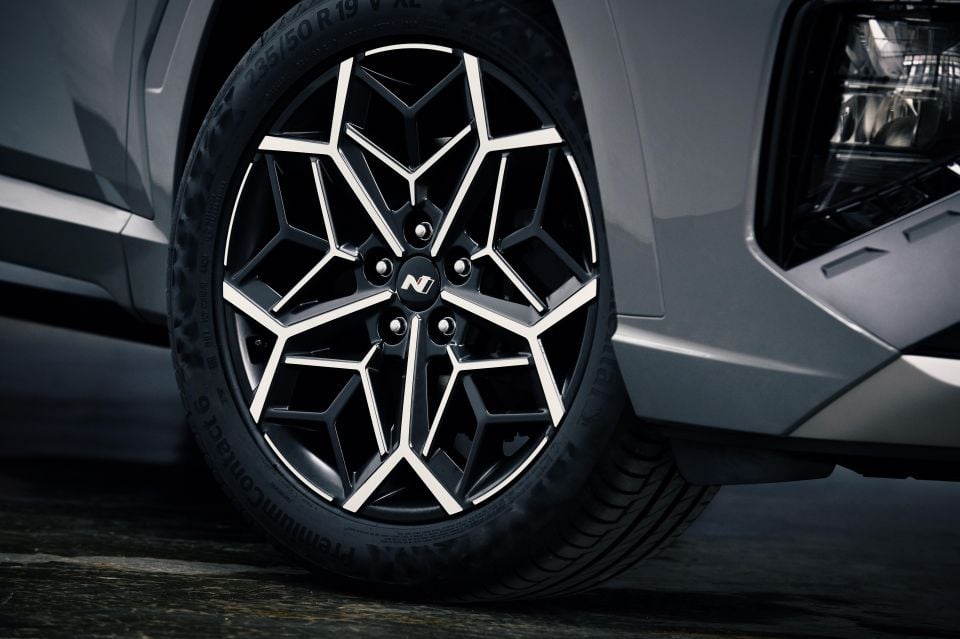
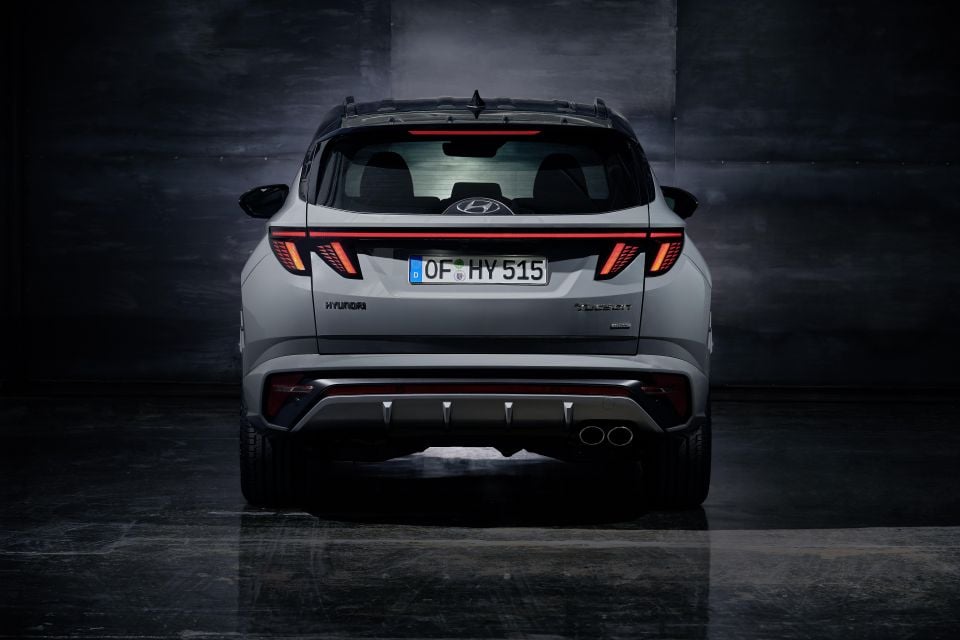
All exterior colourways are available with a Phantom Black roof except for Shimmering Silver, while the N Line is exclusively available with Shadow Grey paint and unique 19-inch alloy wheels.
Down back, the rear bumper has been restyled with a diffuser and red reflector band and there’s a larger spoiler and dual exhaust outlets.
Inside, there are N-branded sport seats upholstered in leather and black suede with red stitching. Red stitching abounds in the interior, which also features metal pedals and a black headliner.
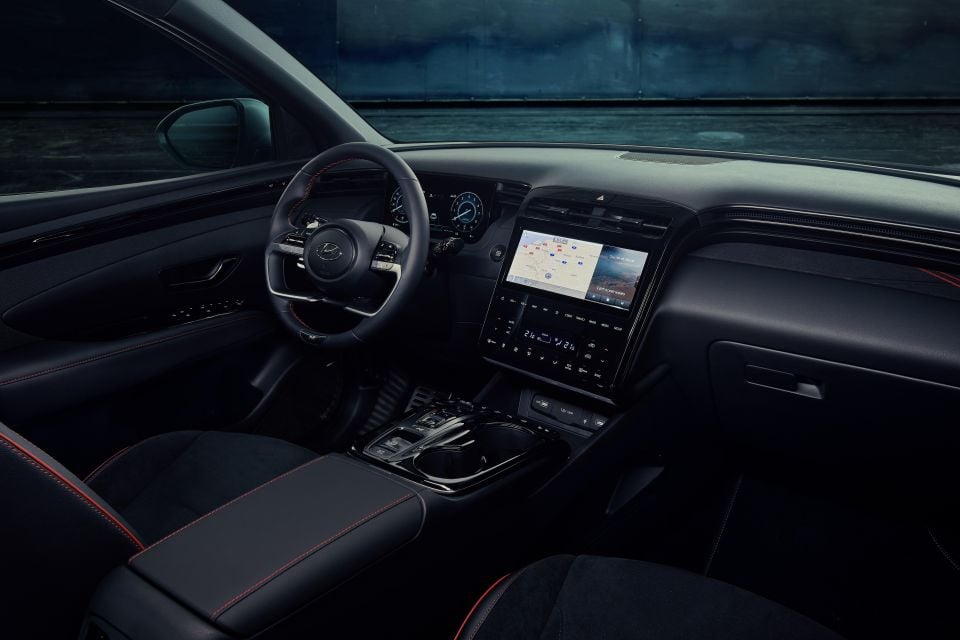

The European-market adaptive damping has been retuned for N Line models equipped with electrified powertrains, though we’ll miss out on adaptive damping here and the hybrid and plug-in hybrid have yet to be confirmed.
Earlier reports indicated the Tucson N Line would be getting the same turbocharged 2.5-litre four-cylinder petrol engine as the Sonata N Line.
That suggests if the powertrain does join the Tucson line, it could appear in a fully-fledged N variant of the Tucson.
In the mid-sized Sonata, the new Smartstream turbo four produces 213kW of power and 422Nm of torque. That’s not far off from the Volkswagen Tiguan R’s outputs, which are 235kW of power and 420Nm of torque, respectively.
Launching in the second quarter of this year, the redesigned Tucson will offer a choice of three four-cylinder powertrains in Australia: a naturally-aspirated 2.0-litre four-cylinder petrol, a turbocharged 1.6-litre petrol and 2.0-litre turbo-diesel.

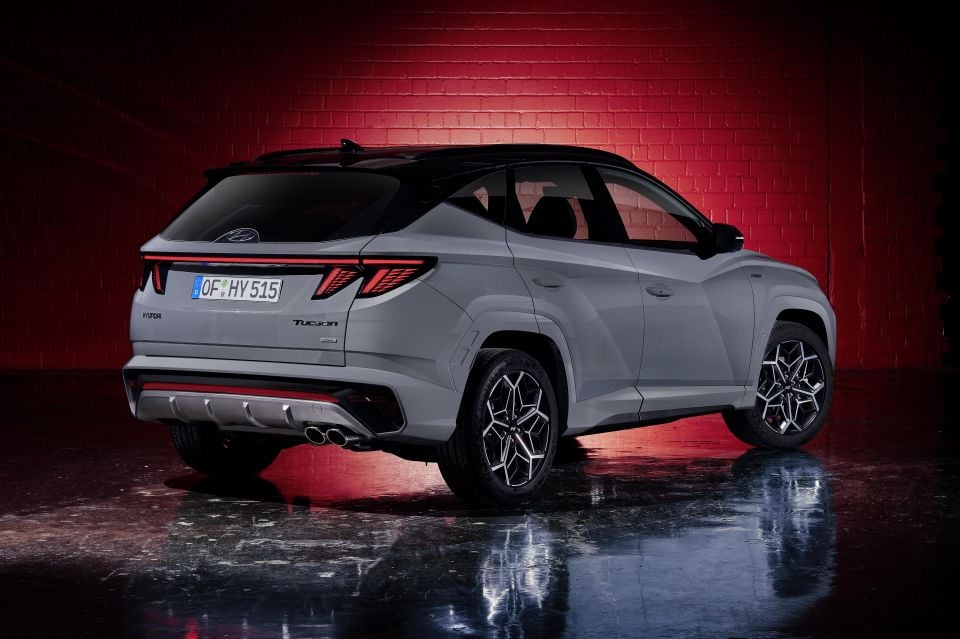
As for electrified models, a Hyundai Australia spokesperson told CarExpert the local arm is “interested” in both the Tucson hybrid and plug-in hybrid, but “no decisions” have been made regarding local sales.
“With no Australian government-regulate corporate/fleet emissions targets in place, we are not considered a priority market for electrified powertrains. This does not rule us out for any products, but it puts us lower down the list than we might otherwise be,” the spokesperson said.
Hyundai plans to introduce eight N or N Line models in Australia by year’s end.
New N models comprise of the updated i30 N hatchback and the Kona N, i30 Sedan N and i20 N, while N Line models include the i30 Sedan, Sonata, Tucson and updated Kona.
MORE: Hyundai Tucson news, reviews, comparisons and videos MORE: Everything Hyundai
Where expert car reviews meet expert car buying – CarExpert gives you trusted advice, personalised service and real savings on your next new car.
William Stopford is an automotive journalist with a passion for mainstream cars, automotive history and overseas auto markets.


Derek Fung
2 Days Ago
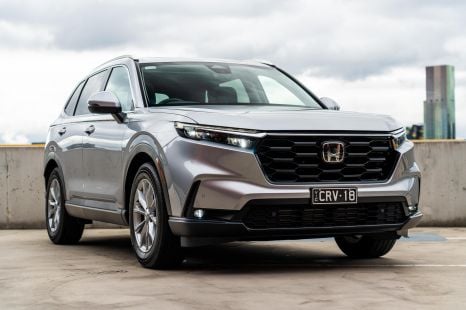

James Wong
2 Days Ago
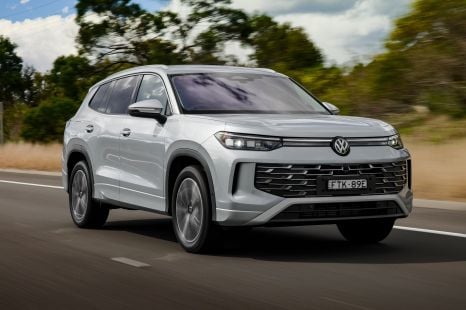

Damion Smy
4 Days Ago
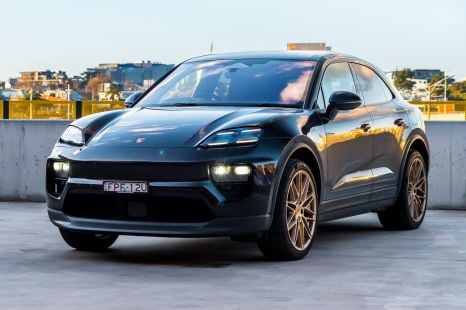

James Wong
5 Days Ago
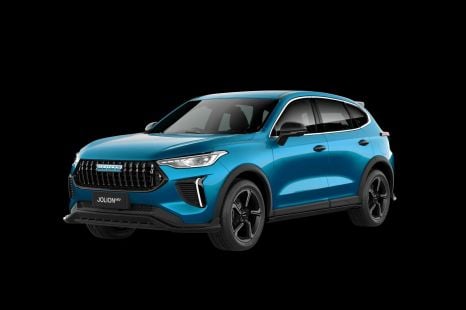

William Stopford
5 Days Ago
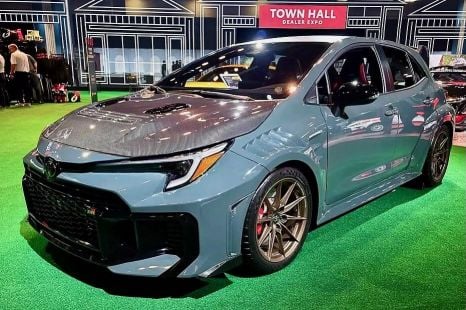

Ben Zachariah
5 Days Ago